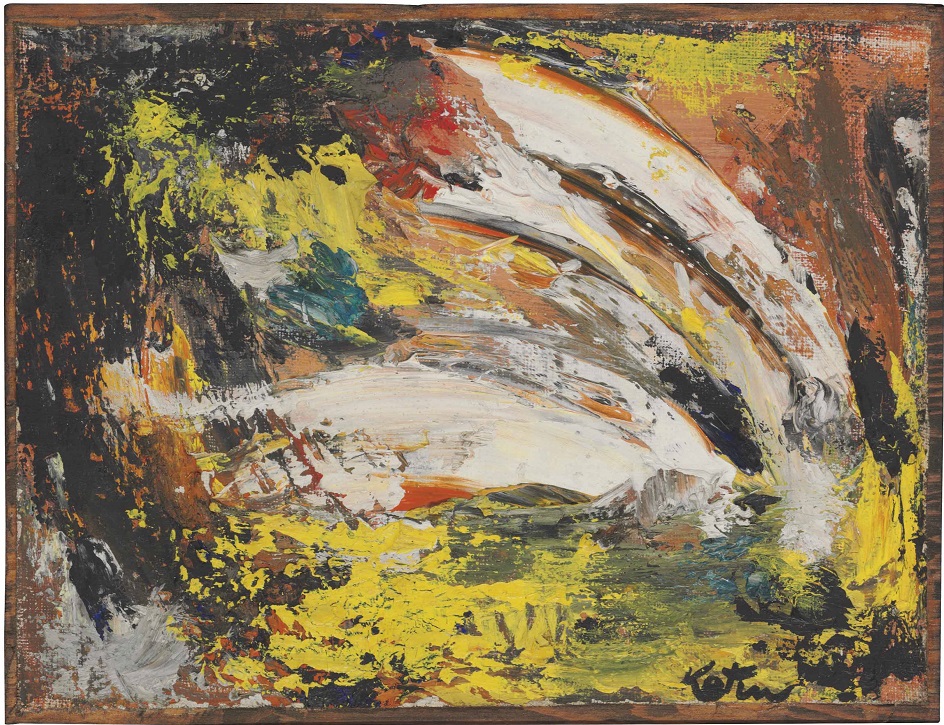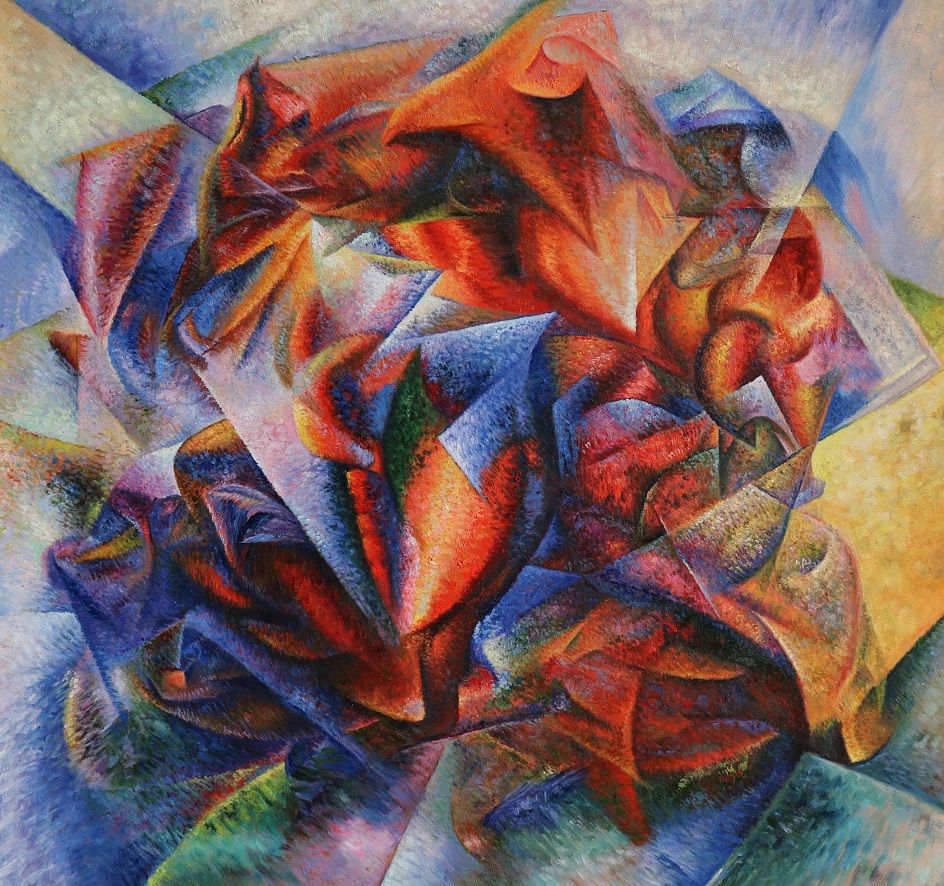Abstract expressionism
A movement in abstract art that originated in the United States in the 1940s, and is represented mainly by the work of artists of the New York School.
Abstract expressionism continued the “liberation” of art from any control of the mind and logical laws, setting as its goal the spontaneous expression of the inner world of the artist, his subconscious in chaotic, abstract forms and taking as the main creative principle the spontaneous, automatic application of colors to the canvas, which occurs exclusively under the influence of mental and emotional states .
In a rapid rhythm, the artists covered the surface of the canvas with large energetic strokes, while often resorting to the technique of dripping (spraying paint or squeezing out of a tube).
The process of creating a painting often took place in public: a whole performance was played out in front of the audience, in which the gestures and movements of the artist played the same active role as the flows of paint falling and spilling over the canvas.
Abstract expressionism dominated American culture until the early 1960s, becoming one of the first serious trends in American painting and influencing the development of all world art.

Abstractionism
One of the main artistic trends in the art of the 20th century, in which the structure of the work is based solely on formal elements – line, color spot, abstract configuration.
The works of abstract art are detached from the forms of life itself: non-objective compositions embody the subjective impressions and fantasies of the artist, the stream of his consciousness, they give rise to free associations, movements of thought and emotional empathy.
Abstractionism originated as a narrow direction in the visual arts. In the early 1930s, associations of abstractionists began to emerge (“concrete art” – 1930, “circle and square” – 1930, and others), which gathered artists of different nationalities and trends under their banners.
By the mid-1930s, interest in abstract art fell sharply, and these associations broke up. He found a new birth in the USA, where in the early 1940s, abstract expressionism appeared, operating with non-objective forms to spontaneously express the inner world of the artist.
The last popular variety of abstract art was pop art, which was born in the 1960s, after which abstract art went into the shadows.
Avant-garde
The totality of innovative, rebellious trends and trends in the artistic culture of the 20th century. At different historical stages, the role of the avant-garde was played by successive trends: 1900-1910s – the time of the appearance of Fauvism, Cubism, Futurism, Expressionism, Dadaism, abstract art.
Surrealism comes to the fore in the 1920s and 1930s; in the post-war period, new trends of abstractionism arise – abstract expressionism, tachisme, informal art, etc..
The 1960s-1970s is a transitional era from the “classical” avant-garde to neo-avant-garde, or postmodernism, with its components – actionism, pop art, conceptualism, kinetic art and other art practices.
Academicism
Direction in the visual arts, the basis for the development of which are art academies. The history of the development of academism is connected with the “Academy of those who have embarked on the right path” in Bologna (circa 1585), the French Royal Academy of Painting and Sculpture (1648), and the Russian Academy of the Three Noble Arts (1757).
The activities of all institutions were based on a strictly regulated system of education, focused on the great achievements of previous eras – Antiquity and the Italian Renaissance, from which certain qualities of classical art were consciously selected, which were accepted as ideal unsurpassed.
The path of academicism in art was not marked by any great discoveries or achievements. Due to its artificiality (“made”) and eclecticism, it is not an artistic style.

The heyday of academism came in the 19th century. In France, this direction is associated with the work of such famous masters as Jean Auguste Dominique Ingres, Adolphe William Bouguereau, Alexandre Cabrnel, Paul Delaroche, Jean-Leon Gerome, Paul Joseph Jamin, whose works are distinguished by unsurpassed mastery of execution.
In our time, the concept of “academism” has gone beyond the artistic direction: it has received additional meaning and has been applied to the works of artists who have a systematic art education and classical skills in performing works of a high level of technical skill.
Actionism
The origins of Actionism should be sought in the speeches of the Dadaists and Surrealists, in the activities of abstractionists (in particular, D. Pollock), who profess the principle of expressive writing – “painting of action”.
Anachronism
One of the currents of postmodern painting, offering the author’s interpretation of the art of the past. Being the result of the rejection of modernism (i.e., the avant-garde trend in art), postmodernism declared its goal to return to the old forms, historical traditions, and styles of the previous centuries-old culture.
In search of new forms, postmodern artists mix the artistic styles of different eras and cultures, creating on this basis an individual mythology correlated with the personal experience of the author.
Anachronism arose in the late 1970s in Italy and later spread to France. His most important spiritual source was the work of Jojo De Chirico, who turned to classical art in the 1920s after the “metaphysical period”.
Anachronists or “cultural artists”, as they call themselves, are inspired by the work of Renaissance, Mannerist and Baroque masters, whom they paraphrase, parody, trying to fit the classical tradition into the mosaic context of postmodern culture.
